
RDE Norms: These Cars Priced Under Rs 30 Lakh Are No Longer On Sale...
- Apr 5, 2023
- Views : 5803

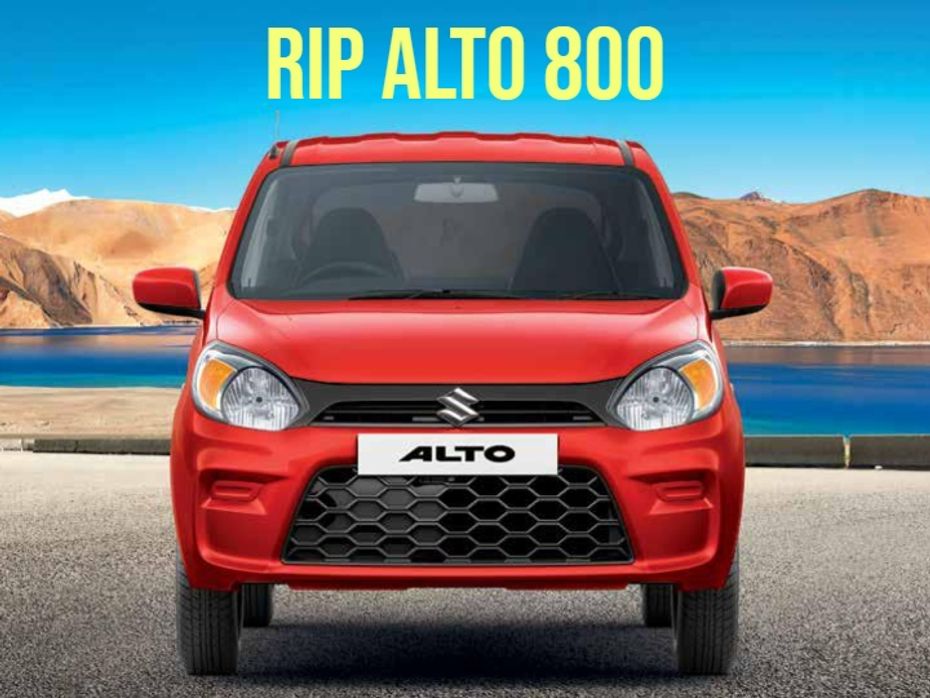
Maruti Alto 800’s production has been stopped as RDE norms kicked in from April 1.
Alto K10 is now the entry-level Maruti car, also one of India’s most affordable new cars.
Alto 800 was launched in India in 2012 as a rival to the Tata Nano.
Declining sales volumes and smaller market share being cited as the reasons for the Alto 800’s discontinuation.
Other models have also become relatively pricier with updates and revisions needed for RDE compliance.
On April 1, 2023, the new Bharat Stage 6 phase II (BS6 phase II, or RDE) emission norms came into effect in India. Carmakers have already rejigged and updated their lineups to comply with the new norms, but the switch to RDE norms is bittersweet since it also comes with some last-minute discontinuations. One such discontinuation is a long-standing stalwart of the Indian automotive market, the Maruti Alto 800, whose production and sales have been stopped after over a decade of existence.
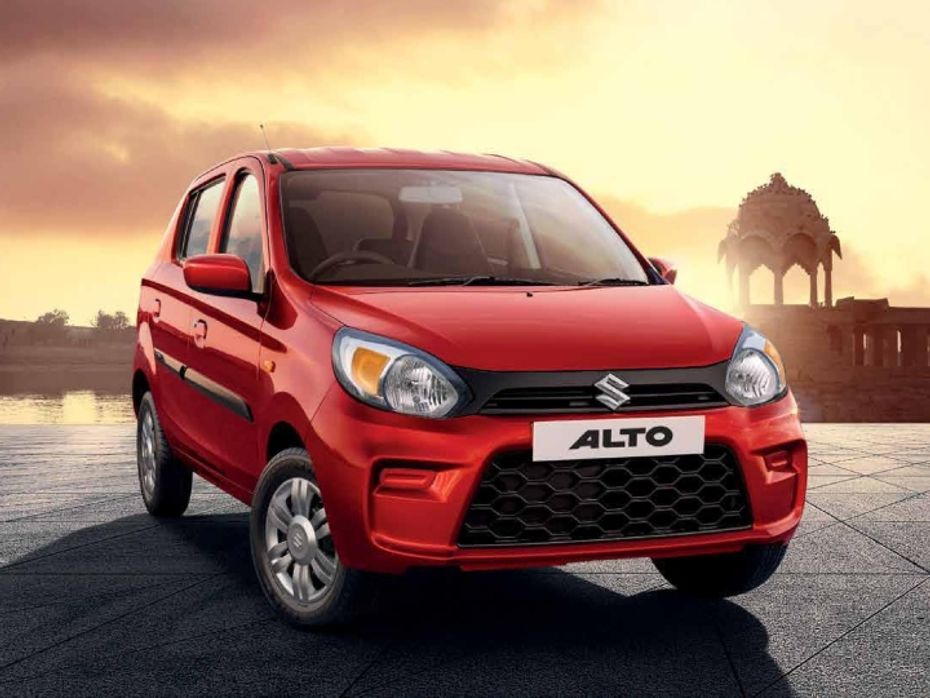
Shashank Srivastava, the Executive Director of Maruti Suzuki, has confirmed the end of the Alto 800’s production, citing lower sales volumes that make updating the hatchback to meet RDE norms financially non-viable.
“The price sensitivity of this segment is extremely high. So, when the affordability factor came down, it impacted the demand in this segment much more than any other segment. Also, the consumers have tilted towards the Alto K10 and, as a result, the volumes of the Alto 800 going forward are expected to be relatively smaller and, therefore, we think it will not be financially viable to make investments for changes in the Alto 800 to meet the BS6 Phase 2 norms.” – Shashank Shrivastava, Executive Director at Maruti Suzuki.
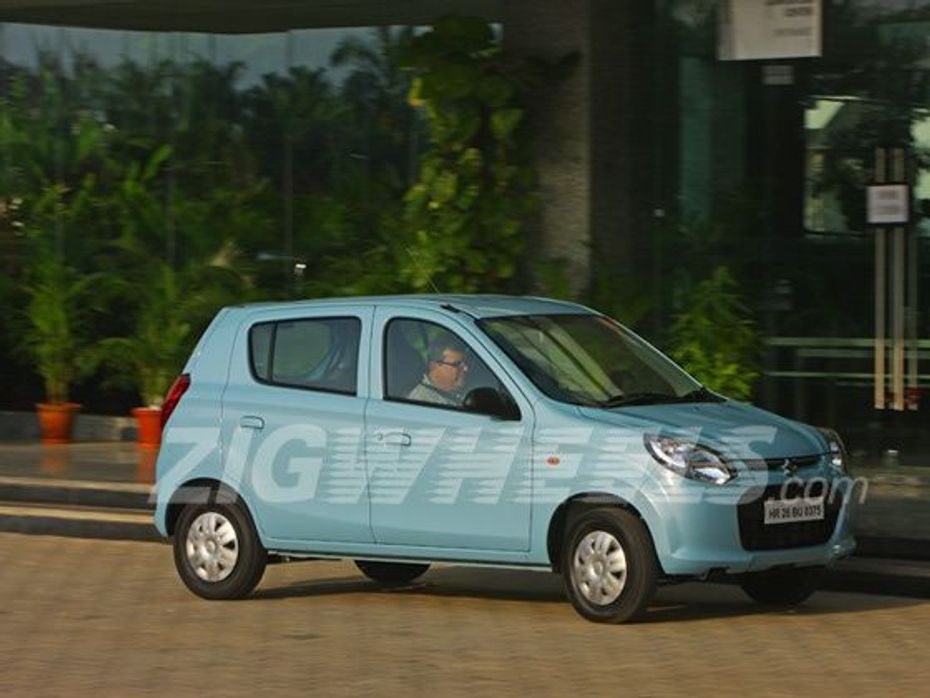
The Alto 800 was first launched in 2012 and received minor cosmetic and feature updates throughout its lifetime. At the time of its discontinuation, it was the most affordable new car you could buy in India. Updates needed for compliance with safety and emission norms made the Alto 800 incrementally less affordable. By 2023, its base price had increased to Rs 3.54 lakh, barely Rs 40,000 more accessible than the Alto K10 which costs between Rs 3.99 lakh and Rs 5.95 lakh (ex-showroom).
“In other words, the affordability factor for the purchase of vehicles in this segment has come down and that is the reason why this segment has dropped in terms of overall volumes and also as a percentage of the overall market.”

the automobile community
Aside from the emission compliance, another factor behind the Alto 800’s price is the upcoming safety regulations that are expected to make six airbags mandatory for all cars in India. Models such as the Alto 800 will require heavy (and expensive) engineering to add four more airbags and other safety features as per the new requirements.
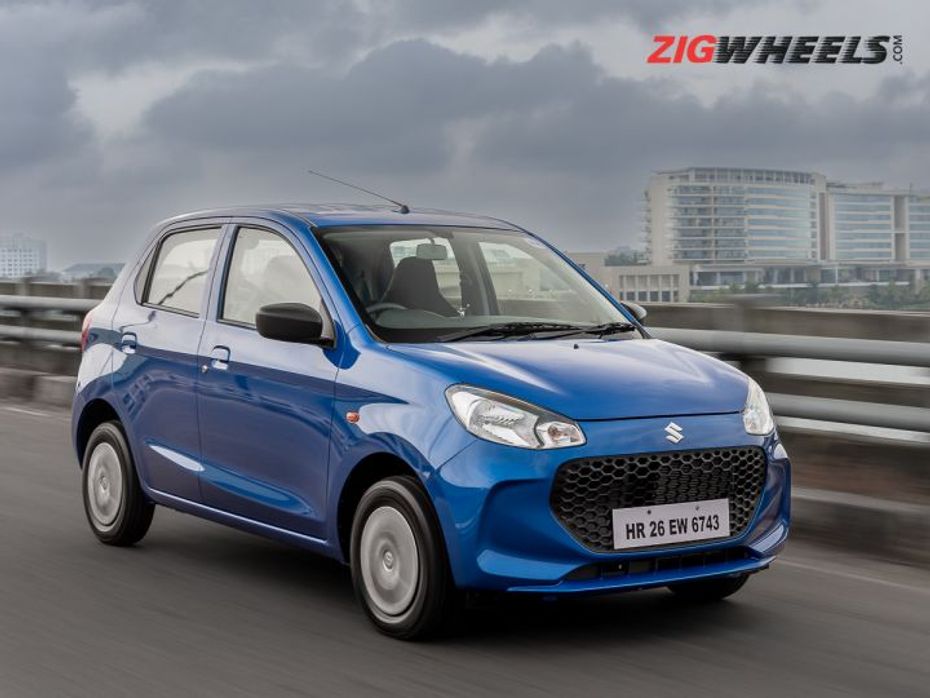
The Alto K10 launched in 2022 is a more spacious, powerful and better-looking alternative to the 800cc Alto. It’s now the entry-level model among Maruti cars in India.
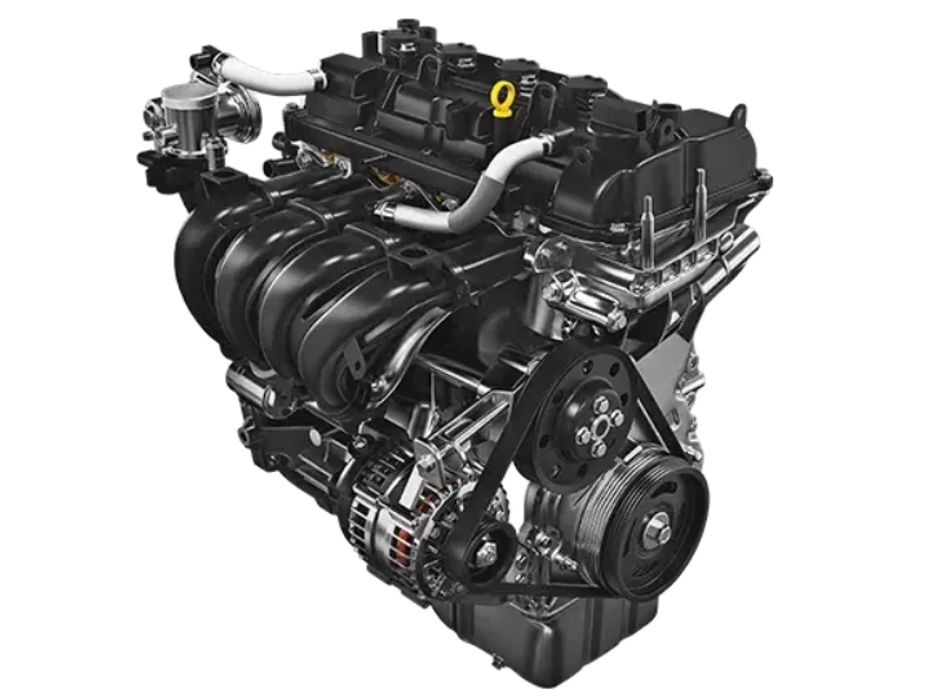
Maruti’s 800cc engine family, designated the “F8” series, first arrived in India in 1983 in the O.G. Maruti 800, the carmaker’s first car in India. The F8B, and later the F8D petrol engines continued to power every generation of the 800 and Alto in India. In its latest, BS6 state of tune, it made 48PS and delivered a stellar fuel economy of up to 22.05km per litre. Its CNG version was good for 31.59km per kg of CNG.

K10C engine under the Celerio's bonnet
Despite the improvements it received, the 800cc engine seems like a woolly mammoth when compared with the latest crop of engines from Maruti. The new 1-litre K10C petrol engine that powers the Alto K10 is a firecracker at 67PS and 89Nm. It uses Suzuki’s DualJet technology, dual-variable valve timing (VVT) and idle-start-stop tech to deliver better economy than even the smaller displacement 800cc engine – 24.90km per litre on petrol and 33.85km per kg on CNG. Keep in mind that these figures may change for the RDE-compliant version of this engine.
Maruti Suzuki Jimny To Be Displayed Across These 9 Cities On These Dates
Maruti Suzuki Brezza Black Edition: All You Need To Know In 7 Real-life Images
While the 800cc engine was only fit for one model, the Alto 800, the K10C engine powers Maruti’s entire entry-level range, comprising the Celerio, S-Presso and base-spec Wagon R aside from the aforementioned Alto K10.

RDE Norms: These Cars Priced Under Rs 30 Lakh Are No Longer On Sale...

Finally! Maruti Suzuki Discontinues Single Airbag Variants Of...

Top 10 Highest-Selling Cars In India, July 2021 Edition

Sipani Dolphin: The Maruti 800 Beater That Wasn’t

Maruti Suzuki Alto S-CNG Gets A BS6 Badge And Returns A Claimed...

The Alto Now Gets A Loaded Top-Spec VXI+ Variant!

38 Lakh Maruti Suzuki Altos Have Been Sold In India

Maruti Suzuki Alto Facelift Launched; Gets A BSVI-compliant Engine

2019 Maruti Alto 800 Gets Safety And Cosmetic Updates
 Maruti S-Presso
Maruti S-Presso
 Renault KWID
Renault KWID
 Maruti Ignis
Maruti Ignis
 Maruti Celerio
Maruti Celerio
 Maruti Alto K10
Maruti Alto K10
India's largest automotive community
 Here Are Some Adrenaline Pumping Experiences From Auto Expo 2025 That You Should Not Miss!
Here Are Some Adrenaline Pumping Experiences From Auto Expo 2025 That You Should Not Miss!
 All You Need To Know About The Surprise Element At Auto Expo 2025: BMW iX1 LWB
All You Need To Know About The Surprise Element At Auto Expo 2025: BMW iX1 LWB
 Hyundai Creta Electric Reaches Dealerships, Here’s A List Of Its Pros And Cons Before You Check It Out!
Hyundai Creta Electric Reaches Dealerships, Here’s A List Of Its Pros And Cons Before You Check It Out!
 MG Showcases A PHEV At Auto Expo 2025: The MG HS PHEV
MG Showcases A PHEV At Auto Expo 2025: The MG HS PHEV
 Maruti Dzire
Rs. 6.79 Lakh
Maruti Dzire
Rs. 6.79 Lakh
 Maruti Swift
Rs. 6.49 Lakh
Maruti Swift
Rs. 6.49 Lakh
 Maruti Ertiga
Rs. 8.69 Lakh
Maruti Ertiga
Rs. 8.69 Lakh
 Maruti Brezza
Rs. 8.34 Lakh
Maruti Brezza
Rs. 8.34 Lakh
 Maruti FRONX
Rs. 7.51 Lakh
Maruti FRONX
Rs. 7.51 Lakh
 Maruti Swift
Rs. 6.49 Lakh
Maruti Swift
Rs. 6.49 Lakh
 Maruti Baleno
Rs. 6.66 Lakh
Maruti Baleno
Rs. 6.66 Lakh
 Maruti Wagon R
Rs. 5.54 Lakh
Maruti Wagon R
Rs. 5.54 Lakh
 Tata Tiago
Rs. 4.99 Lakh
Tata Tiago
Rs. 4.99 Lakh
 Maruti Alto K10
Rs. 3.99 Lakh
Maruti Alto K10
Rs. 3.99 Lakh